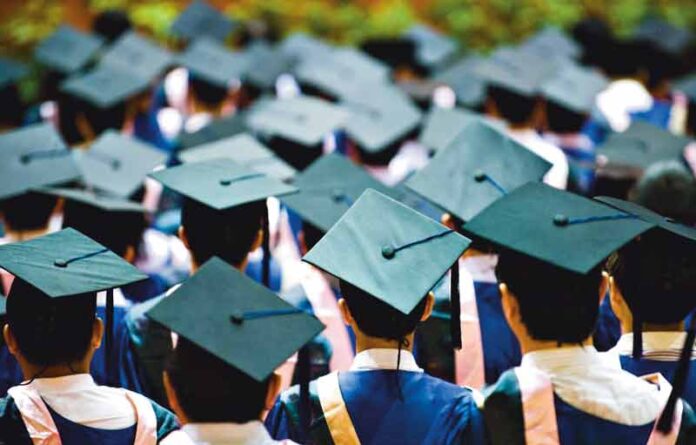
IN a report published by the OECD, where the Australian government supported the elevation of former Finance Minister, Mathais Corman to head up, entitled ‘Ten Steps to Equity in Education’ with the underlying premise that a fair and inclusive system that makes the advantages of education available to all is one of the most powerful levers to make society more equitable.
Education as we see it, appears to be heading more and more in the direction of the best available education is confined to those that can afford it.
From the OECD report, both equity and fairness in education are issues for OECD countries. Children from poorer homes in most OECD countries are between three and four times more likely to be among the poorest scorers in mathematics at age 15.
Equity in education has two dimensions. The first is fairness, which basically means making sure that personal and social circumstances – for example gender, socio-economic status or ethnic origin – should not be an obstacle to achieving educational potential.
The second is inclusion, in other words ensuring a basic minimum standard of education for all – for example that everyone should be able to read, write and do simple arithmetic. The two dimensions are closely intertwined: tackling school failure helps to overcome the effects of social deprivation which often causes school failure.
The outcome of private education however is not all it might seem. Analysis of MySchool data and Victorian Certificate of Education (VCE) results between 2014 and 2018 conducted by David Zyngier, adjunct associate professor, Southern Cross University, shows public schools have similar, or even better, VCE results than private schools with similar rankings of socioeconomic status. And these public schools achieve the results with far less funding per student.
Shepparton is facing a new frontier in education when the combined Greater Shepparton Secondary College campuses come together in the new year amid growing competition and callout for private education.
Those who argue in favour of public funding for private schools claim private schools are more efficient and academically outperform public schools.
The Index of Community Socio-Educational Advantage (ICSEA) is a scale that allows a comparison of the levels of educational advantage or disadvantage students bring to their academic studies. The average ICSEA across all Australian schools is 1,000. In Victoria the average ICSEA is 1,031. Public schools have a median of 977 while private schools have a median of 1045.
Private schools also draw from a pool of people who are better resourced and can manage the fees required for private school education.
When it comes to Year 12 funding and achieving that result, private schools on average outspend public schools by almost A$8,000 per student for a similar result. The average Year 12 fee in public schools is A$753 compared to A$12,374 in private schools.
When all other things are held equal, it seems the only factors that could be making the difference to the VCE results are the teachers and students in public schools who are defying expectations and labels. The best-performing education systems worldwide are those that combine equity with quality. They give all children opportunities for a quality education which is what is needed in Shepparton.






